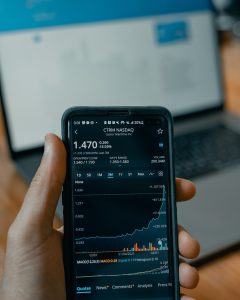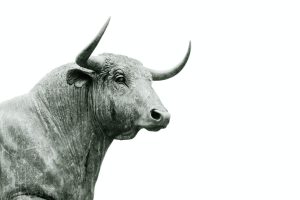When it comes to trading in foreign exchange markets, traders often use different terms and concepts to describe the various aspects of trading. One such concept is the “quainty value,” which refers to the amount of currency that is being bought or sold in a particular trade. In this article, we will explore what exactly this term means and how it is used in forex trading.
The quainty value is essentially the size of a forex trade, expressed in terms of the base currency. For example, if a trader is buying 10,000 units of the EUR/USD currency pair, the quainty value of the trade would be 10,000 euros. The base currency is the first currency listed in a currency pair and is the currency being bought or sold in the trade. In the case of the EUR/USD pair, the base currency is the euro.
The quainty value is an important concept in forex trading because it determines the amount of profit or loss that a trader can make on a particular trade. For instance, if a trader buys 10,000 euros at a rate of 1.2000 USD/EUR and sells them later at a rate of 1.2500 USD/EUR, they would make a profit of $500 (10,000 euros x (1.2500 – 1.2000)).
The quainty value also affects the amount of leverage that a trader can use in a trade. Leverage is a tool that allows traders to control larger positions with a smaller amount of capital. For example, if a trader has $1,000 in their trading account and wants to trade with a leverage of 100:1, they can control a quainty value of up to $100,000 (100 x $1,000). The higher the quainty value of a trade, the more leverage a trader will need to control the position.
When trading with forex, it is important for traders to understand the risks involved with higher quainty values. Larger positions mean larger profits or losses, and traders need to ensure that they have sufficient capital to cover any potential losses. It is also important to use risk management tools such as stop-loss orders to limit potential losses.
In addition to the quainty value, traders also need to consider the spread when making forex trades. The spread is the difference between the bid price (the price at which a trader can sell a currency) and the ask price (the price at which a trader can buy a currency). The spread is essentially the cost of trading and varies depending on the currency pair and the broker being used.
Traders also need to consider the impact of currency fluctuations on their trades. Forex markets are highly volatile, and currency values can change rapidly based on a variety of factors such as economic news, political events, and market sentiment. Traders need to stay informed about these factors and be prepared to adjust their trades accordingly.
In conclusion, the quainty value is an important concept in forex trading that determines the size of a trade and the potential profits or losses. Traders need to understand the risks involved with higher quainty values and use risk management tools such as stop-loss orders to limit potential losses. They also need to consider the impact of currency fluctuations and stay informed about economic news and other factors that can affect currency values. By understanding these concepts and using sound trading strategies, forex traders can increase their chances of success in this highly competitive market.





